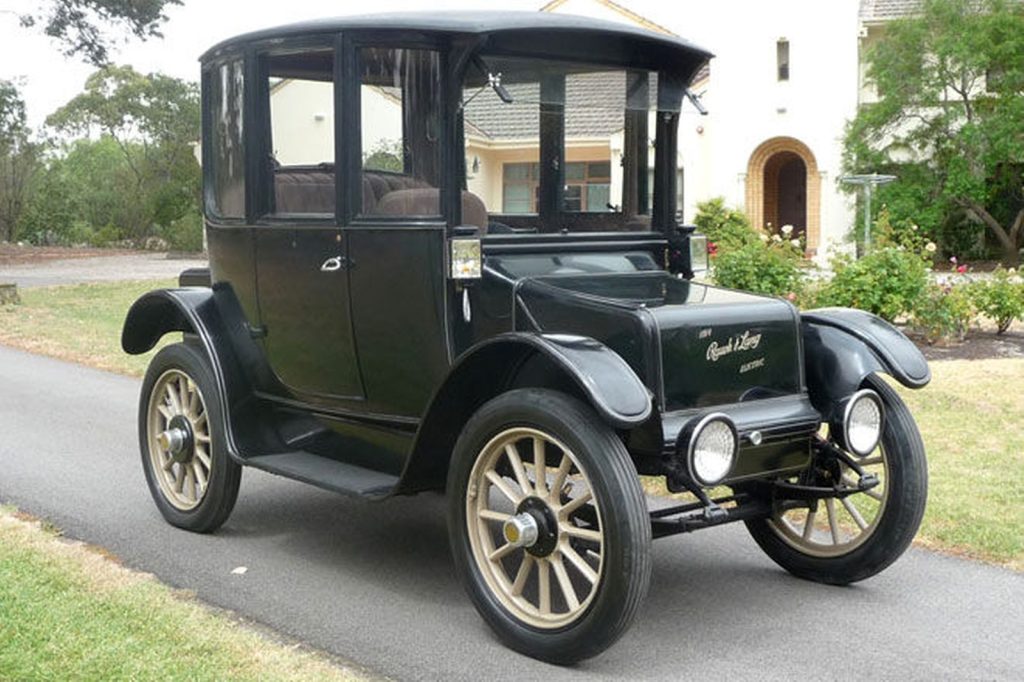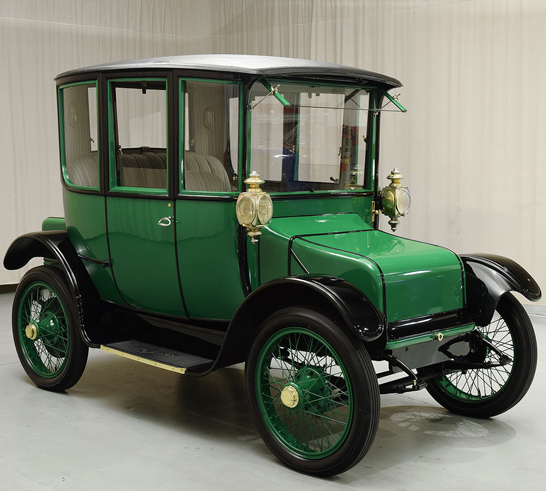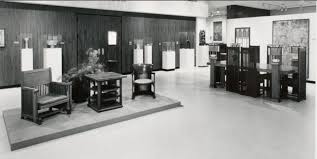by Robert Siminger
During some recent conversations with Anne Mallek she mentioned that in 1909, David Gamble notes among his assets one “Electric.” Meaning an electric automobile. By 1912, Mary Gamble refers to a “new” electric car a Rauch and Lang, which will be coming in January. David noted separately that he wants a Rauch and Lang model that will accommodate three in the back seat, and it’s not available until January 1913.

In May 1922, the Gambles are trading their Nash for a Cadillac, and in July of that year, Mary notes, “We sent off the little old electric yesterday and only shabbiness reconciled us to its departure. The closed electric has been put in order and Papa brought it, home yesterday. We shall probably have some trouble in using it enough to keep the batteries in order.”
With so much talk today about the implementation of electric vehicles, many people may not be aware that electric vehicles are not new in America. As a matter of fact, in 1912 electric, steam, and gasoline powered automobiles were produced in nearly equal numbers, and each was competing for the lion’s share of the American automobile market. Each has its advantages and its disadvantages.
Steam-powered cars were quiet and could burn just about anything from wood to whiskey but they would take up to thirty minutes to build up a head of steam before they could be driven, and they trailed steam and smoke behind them.
Gasoline-powered cars of the time were very noisy (mufflers hadn’t been invented), leaked fuel and oil, belched out exhaust, and required someone strong enough to crank over the engine to get them started, but they had travel distance in their favor.

Electric cars were quiet, didn’t sme1l, and were easy to start. For those reasons they were very popular with women. Even though the electrics only had a driving range of forty to sixty miles between charges, that didn’t pose a real problem until much later on, when the highway system expanded significantly.
The automobile pictured here is a Rauch and Lang four-passenger Brougham with solid rubber tires. Rather than a conventional steering wheel, it had a tiller, much like a small boat might have. Like a number of auto makers, the Rauch and Lang Company started out making coaches and carriages. The first Rauch and Lang electric was completed in 1904, and production started in 1905, when 50 cars were built. In 1907, they bought, the Hertner Electric Company, which supplied the motors, and two years later production was running at a thousand cars annually,
The 1914 Brougham was built during the glory days of the electric car. It is elegantly upholstered in plush velvet, comfortably seats four (three facing forward and one facing rearward), has remarkable all-around visibility, and is controlled by a fold-down tiller, which was not that easy to maneuver at speeds above 30 mph. Driven by an 80-volt, electric motor and a cache of rechargeable batteries, the Rauch and Lang was virtually silent. The only noise generated was the sound of the tires rolling over the road.



Leave a Reply